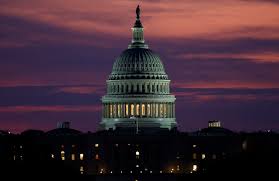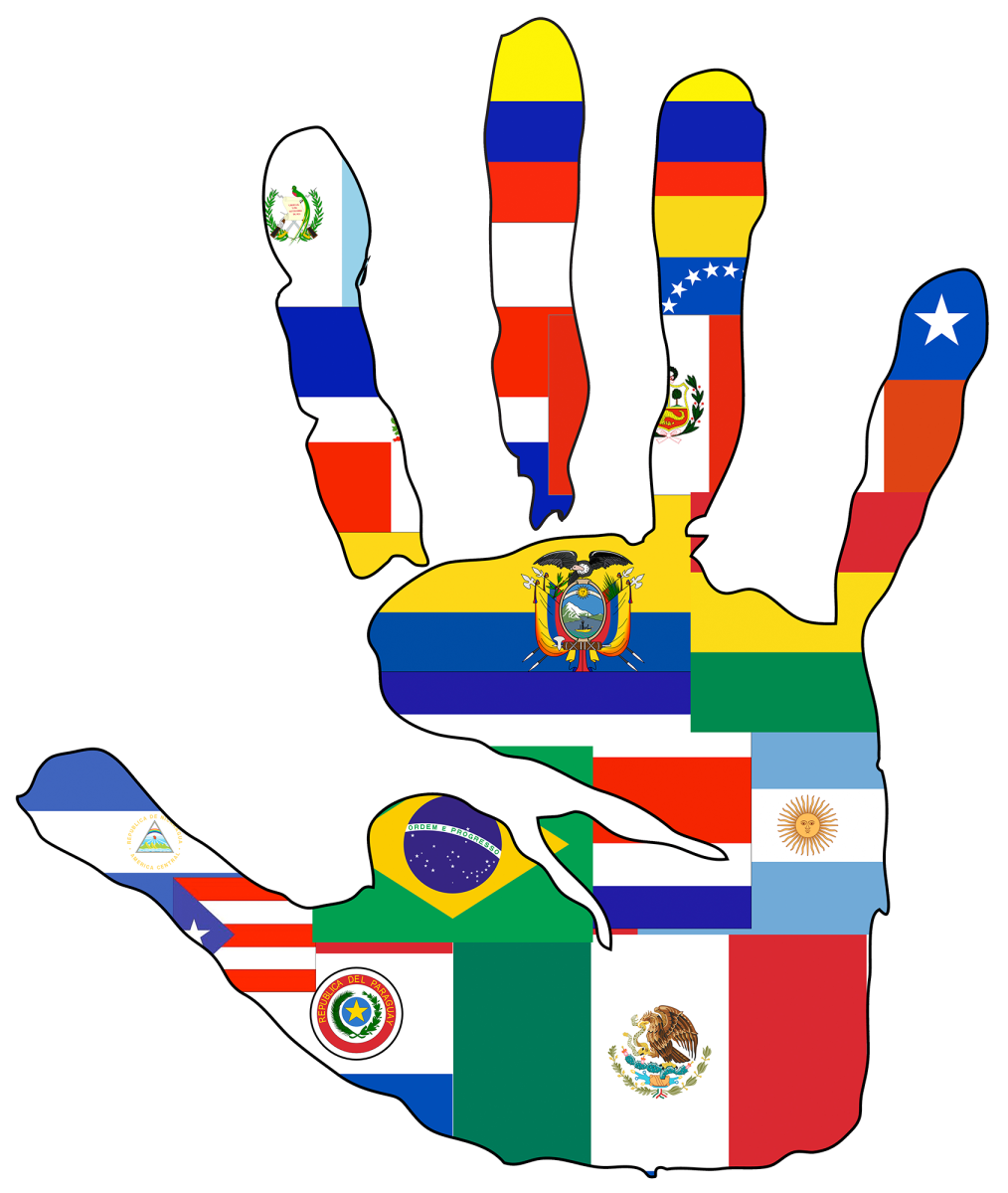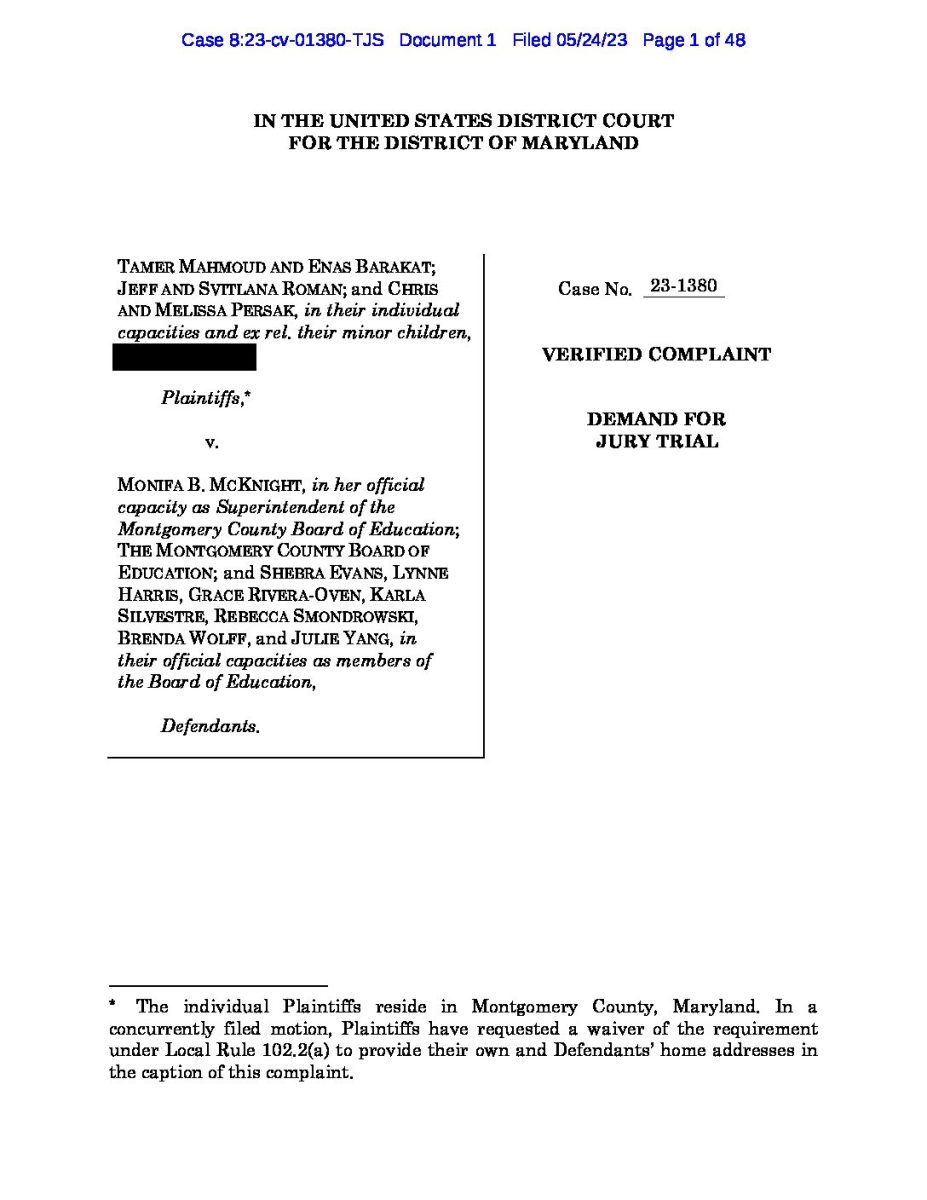America Must Make Symbols of Hate Illegal
We cannot close our eyes to the violence these symbols embody and the pain they continue to inflict.
March 30, 2023
Swastikas are appearing at an alarming rate within Montgomery County Public Schools (see our brief on swastikas found at B-CC last week here). Some wonder if these have antisemitic intentions or if it’s disgruntled teenagers trying to provoke a reaction. Regardless, as Saint Augustine once said, “symbols are powerful because they are the visible signs of invisible realities.”
In 2022, The Anti-Defamation League (ADL) tabulated 3,697 antisemitic incidents throughout the United States. This is a 36% increase from incidents recorded in 2021 and the highest number on record since ADL began tracking antisemitic incidents in 1979. This alarming increase in antisemitism typically includes anti-semitic graffiti, which is often represented by the swastika.
While the Nazi symbol was stolen from Hindu traditions where its Sanskrit roots translates to ‘goodness prevails’, the significance of the swastika outside of this cultural context has been perverted and is commonly associated with the horrors of the Holocaust.
In a recent article published by WUSA9 News, it is noted that “anti-jewish crimes have quadrupled year-to-date in Montgomery County.” While some might dismiss recent events as harmless and childish behavior, when asked how the recent incident made senior Maya Grayer feel, she expressed, “As a practicing Jew, my heart stops every time I hear about another incident in my neighborhood.” Grayer is certainly not alone in her anxiety.
Adolf Hitler’s systematic approach to killing the Jewish people resulted in the death of six million Jews. The Jewish people were scapegoats for many of the hardships brought to Germany, and Hitler saw their annihilation as the fix to Germany’s problems. In 1920, Hitler designed the Nazi flag, by combining the swastika with the three colors of the German Imperial flag: red, black, and white. In the present day, Nazi symbols are illegal in several countries, including Germany, with possible jail time and fines for breaking the ban. However, a law has yet to be passed prohibiting these symbols in America.
In addition to the swastika, we could learn from these countries by banning the confederate flag, a symbol associated with America’s history of slavery. While some argue it is a symbol of nostalgia and southern pride, the Confederate flag is regularly weaponized by neo-Nazis and far-right extremists as they seek to intimidate and traumatize African Americans.
We must be vigilant in educating and raising awareness of the history that certain symbols carry. However, we cannot allow the presence of these symbols to continue to hurt the impacted communities. As is often said when remembering the horrors of the Holocaust, “Never Forget”. We cannot close our eyes to the violence these symbols embody and the pain they continue to inflict.












































